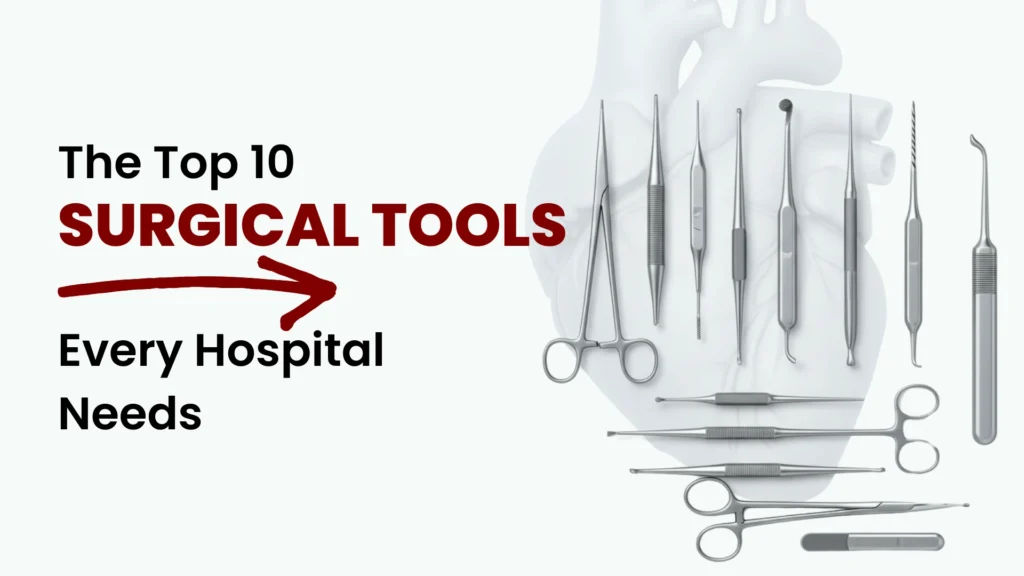
The Top 10 Surgical Tools Every Hospital Needs-and Why They're Total Game-Changers
Table of Contents
Picture yourself walking into an operating room. The air is thick with nerves, the team locked in, and the patient’s future hangs on every cut. Yet, no matter how steady the hands of the lead surgeon, the outcome still rides on the tools within reach. Those little, gleaming instruments-slippers, clamps, blades-might look simple, but they carry the weight of every stitch, every heartbeat, and every split-second decision made while the patient sleeps Under the bright lights of the OR, I’ve learned these gadgets tip the scales between hair-raising close calls and quiet, triumphant recoveries. So let’s roll up our sleeves and walk through the ten must-have pieces every modern hospital should stock, combining a few short stories and plenty of heart along the way.
Why These Tools Are the Real Deal
Hospitals hum like nervous beehives-controlled chaos where seconds become lifetimes. In that whirlwind, the right instruments turn pandemonium into a rhythm, freeing surgeons to track anatomy, not fidget with bent scissors. So whether you’re running a hospital, chasing a medical degree, or just plain curious about behind-the-scenes drama, this list will hand you a front-row voucher to the gear that truly saves lives.
1. Scalpel: The surgeon's quiet hero
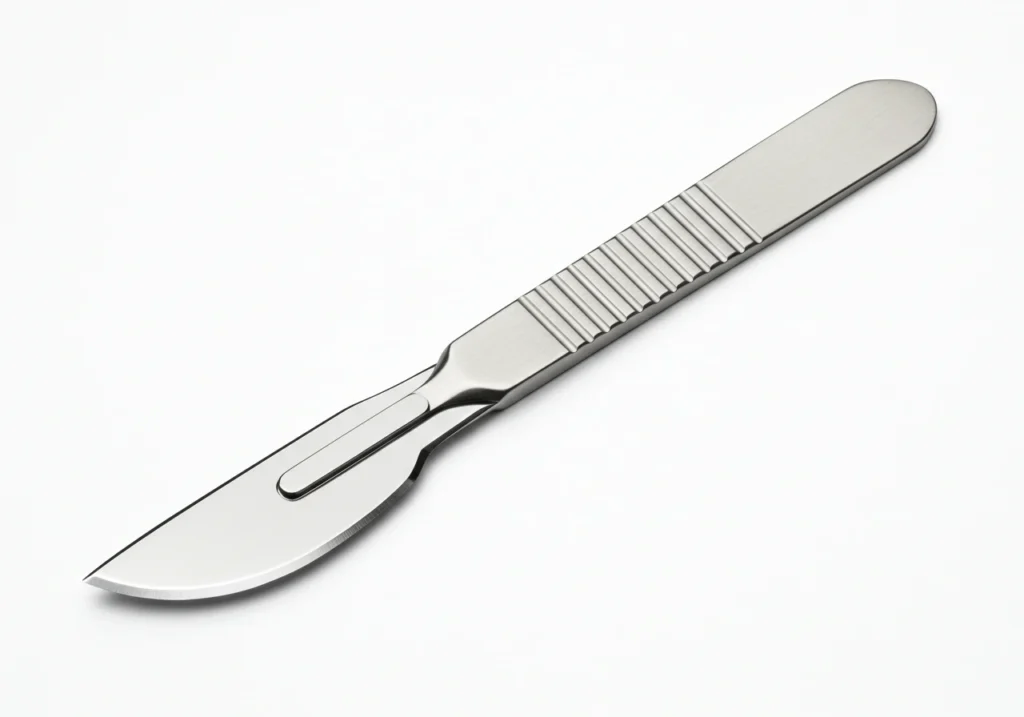
You really can’t mention an operation without bringing up the scalpel. That thin, gleaming blade pops into your head every time somebody says surgery. Small yet fearless, it parts skin and muscle as neatly as an artist’s brush across fresh canvas.
- Why it’s so great: Blades snap in and out-handle #10 for deep cuts or #15 for tiny nicks-so the kit never misses a task.
- Real talk: I once stood in on a C-section and saw the doctor slide the scalpel along the skin, quick and sure, and then life spilled into the room. It looked like magic.
- Keep it sharp: Edges dull before you notice, so OR staff swap them constantly to guard against slips and tugging.
2. Surgical scissors: far tougher than craft-store pairs
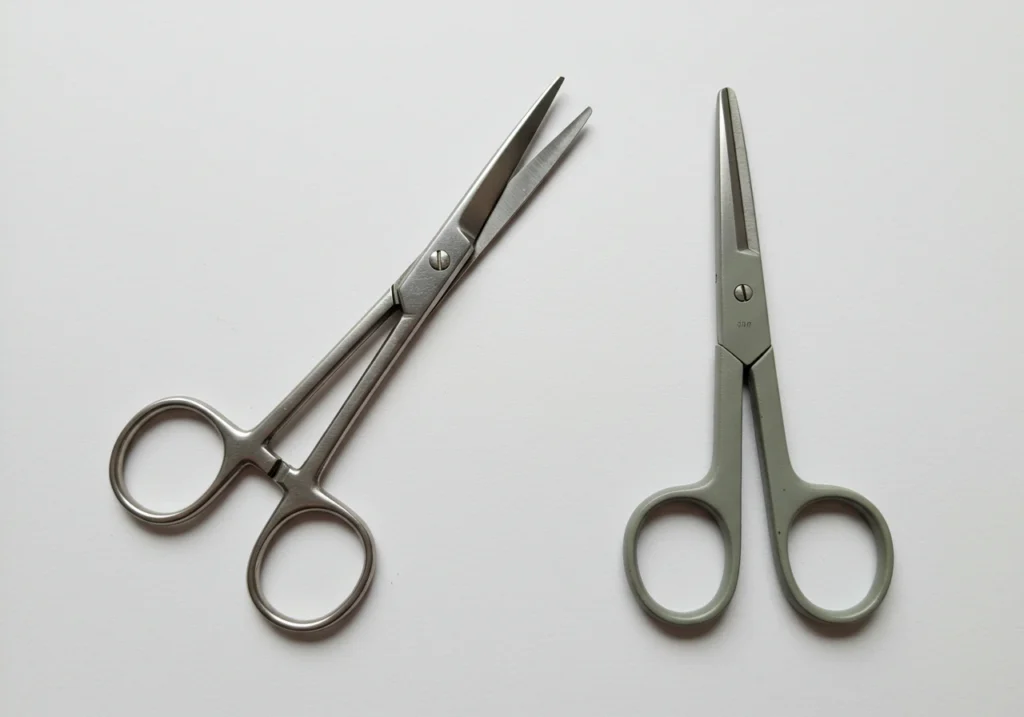
Forget the blunt office-school pair- these scissors were made to eat flesh or close stitches without losing steam. Every model has a name: Mayo eats thick layers while feather-light Metzenbaum dances on fragile fat, and each cut keeps its own personality.
- Why they are prized: Every slice leaves a smooth edge, so the body knots up faster, and ugly scars never get a chance to bloom.
- Real talk: A plastic surgeon buddy will only trust her Metzenbaum for lift cases; they turn ordinary cheeks into the kind of smooth you almost never see outside a magazine.
- A quick tip: pick scissors that use tungsten carbide for the cutting edge. That metal is hard, so the blades resist chipping and hold their edge for a long time.
3. Hemostatic Forceps: The Blood-Flow Bouncers

Once blood starts streaming in the OR, the hemostatic forceps show up like club bouncers on a rowdy night. With a firm pinch, they close torn vessels and keep the scene tidy when every second counts.
- Why it’s awesome: No surgeon wants a red blur blocking the view of these clamps step in and save the moment.
- Real talk: A trauma doctor I know used Kelly’s on a hit-and-run victim, and that patient is breathing today because the little jaws held pressure.
- Stock up: Keep a mixed fleet from mini Crile to jumbo Satinsky so you can grab the right size for any bleeder.
4. Retractors: The Curtain-Pullers of Surgery
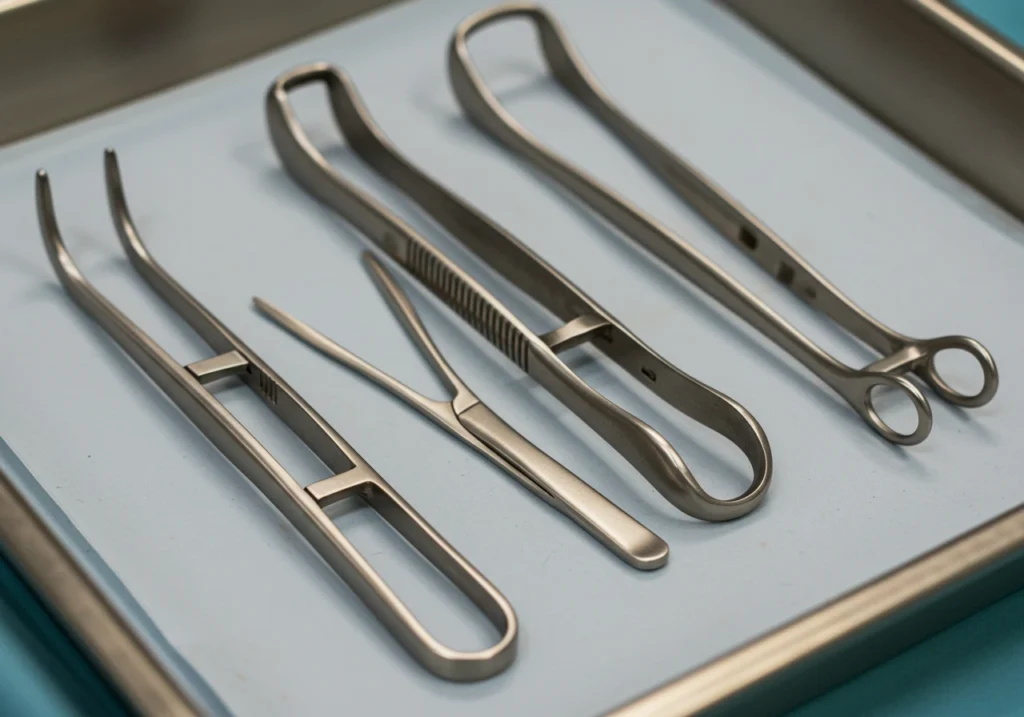
Retractors are the quiet stars that pull back skin, muscle, or even whole organs, handing the surgeon a clean working window. Picture your friend holding your hair out of the way while you throw up; they make seeing the job possible.
- Why it’s awesome: Without good retractors, the team would be reaching blindly, and nobody wants to sew with half an eye on the wound.
- Real talk: During an open-heart case I watched, a Deaver stayed in place and let the surgeon stitch valves like it was Sunday brunch.
- Care tip: Inspect every blade for bends or rough edges slipped retractor can dump tension back into the cavity and spoil hours of work.
5. Needle Holders: The Stitching Superstars
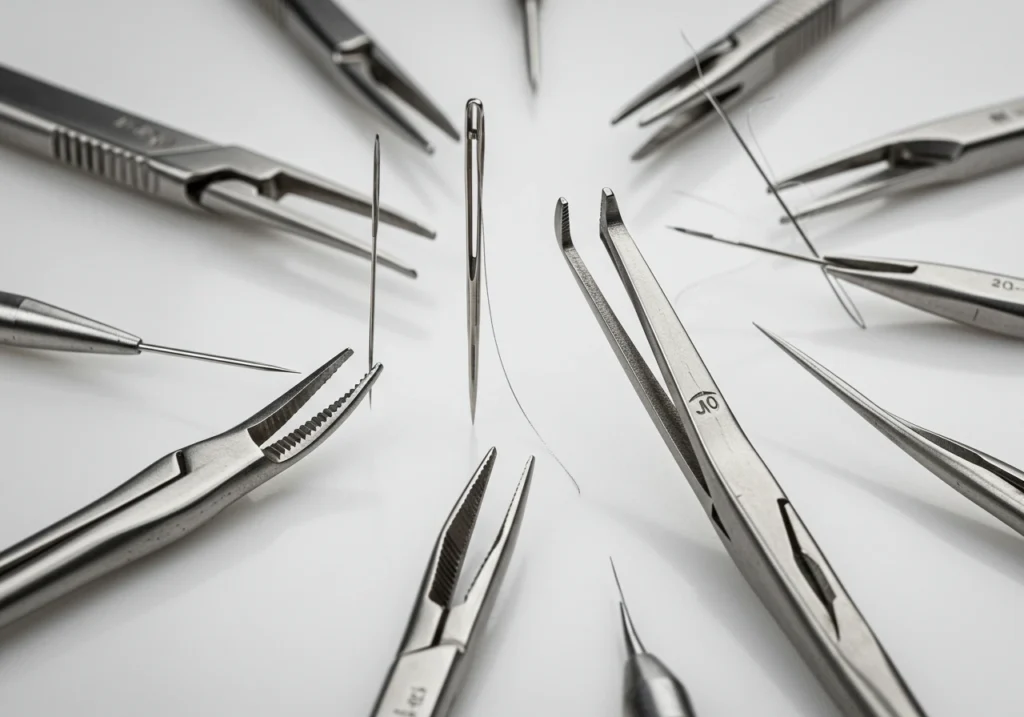
Suturing is where the magic of healing begins, and needle holders make it happen. These grippy tools hold needles steady while surgeons stitch up wounds like they’re sewing a masterpiece.
- Why it’s awesome: Good stitches mean quicker recovery and less chance of infection.
- Real talk: A surgeon I know says her needle holder feels like an extra finger during marathon cases such as heart transplants.
- Comfort matters: Ergonomic models with comfy grips and soft-lock joints are a lifesaver for teams pulling all-nighters in the OR.
6. Tissue Forceps: The Gentle Touch
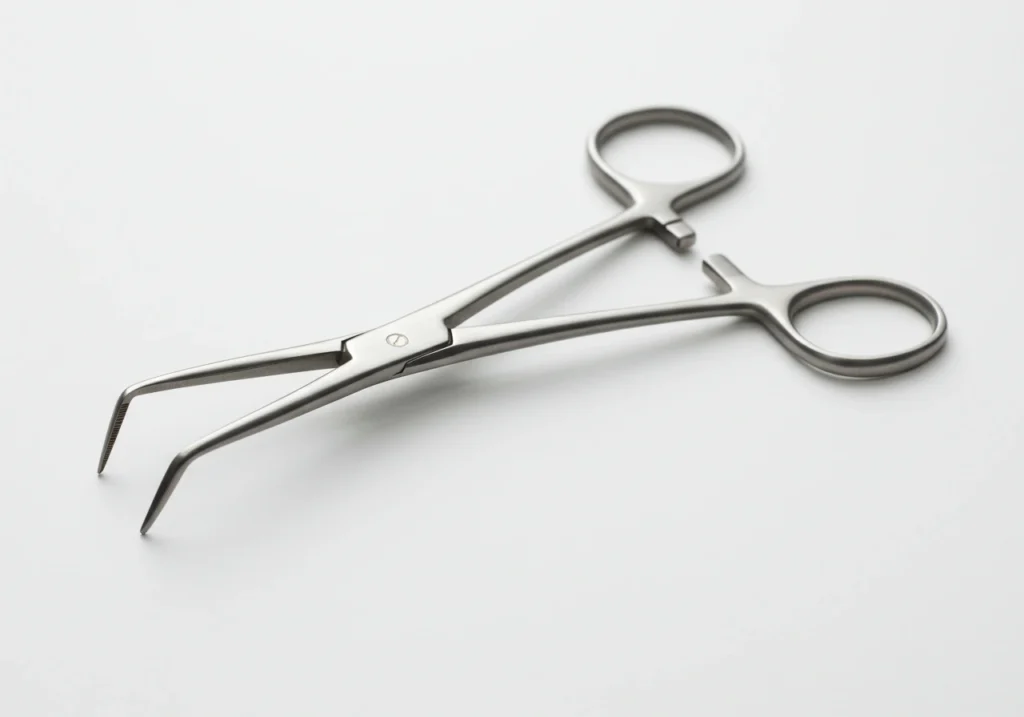
Tissue forceps are the polite, careful hands of surgery toolkits. They grasp soft tissue with just enough bite, whether its tiny Adson halves or broad DeBakey jaws.
- Why it’s awesome: Keeping that gentle grip means fewer rough edges inside the wound and less pain for patients later.
- Real talk: During the vascular case I watched, DeBakey forceps floated around arteries like silk, leaving the vessels intact and bleeding under control.
- A quick tip: When working with especially delicate tissues, use smooth-jaw forceps to avoid tearing or compromising the repair.
7. Suction Devices: The OR’s Vacuum Cleaner
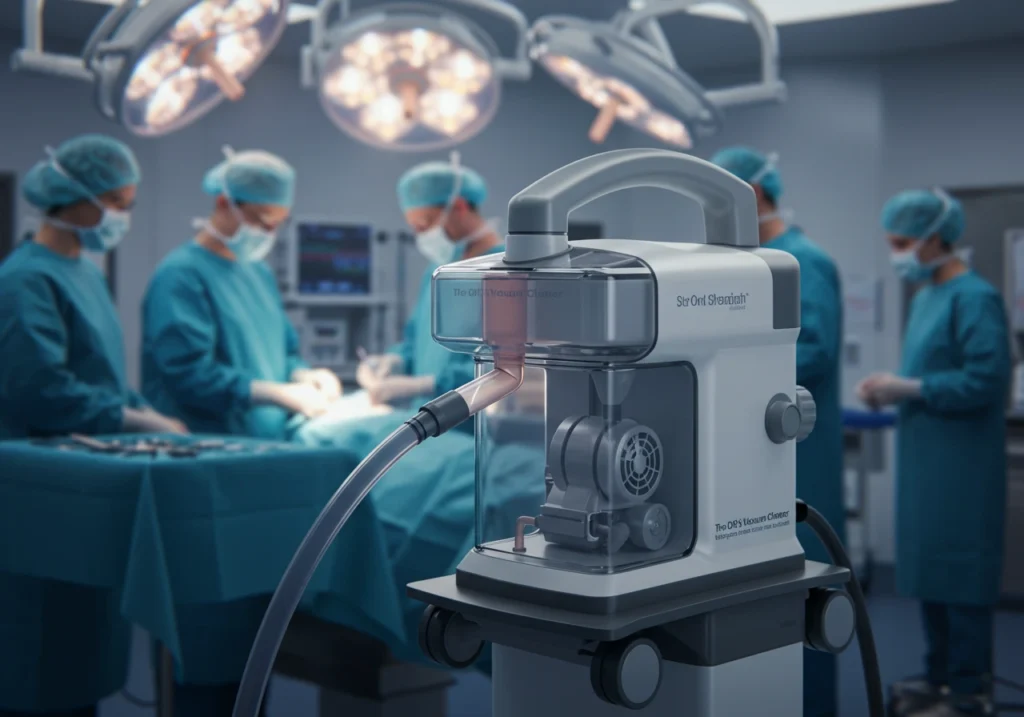
Surgical procedures often involve blood and other bodily fluids, which can quickly obstruct the surgical field. Suction devices, such as the Yankauer tube, play a vital role in clearing these fluids to maintain clear visibility for the surgeon.
- Why it’s awesome: A clean field means fewer mistakes and safer surgeries.
- Real talk: In a brain surgery I learned about, suction was the MVP, cleaning up tiny bits of fluid that could’ve blocked the surgeon’s view.
- Heads-up: Make sure these devices work with your hospital’s sterilization process
8. Bone Cutting Instruments: The Bone Bosses
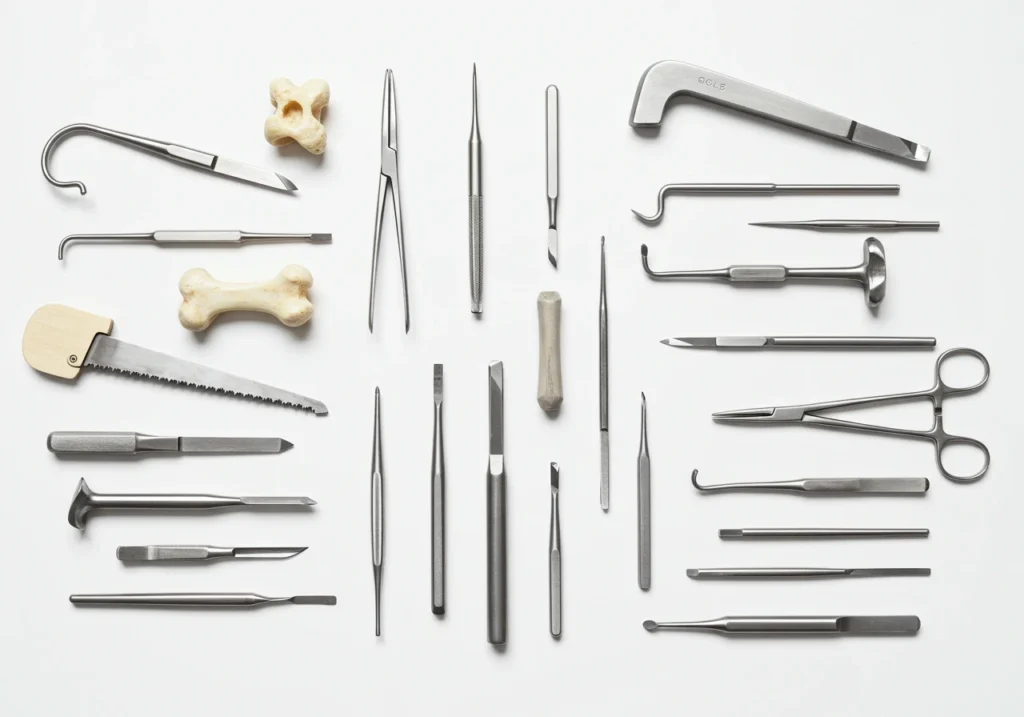
When procedures involve bone, specialized instruments such as osteotomes, chisels, and rongeurs are essential. These tools are designed to cut, shape, or remove bone with accuracy and control.
- Why it’s awesome: They’re the backbone (pun intended) of orthopedic and neurosurgery.
- Real talk: A surgeon friend told me about using a rongeur to clean up a shattered bone in a motorcycle accident case—gross but lifesaving.
- Keep ‘em sharp: Dull bone tools are a nightmare, so sharpen them often.
9. Speculums: The Door-Openers
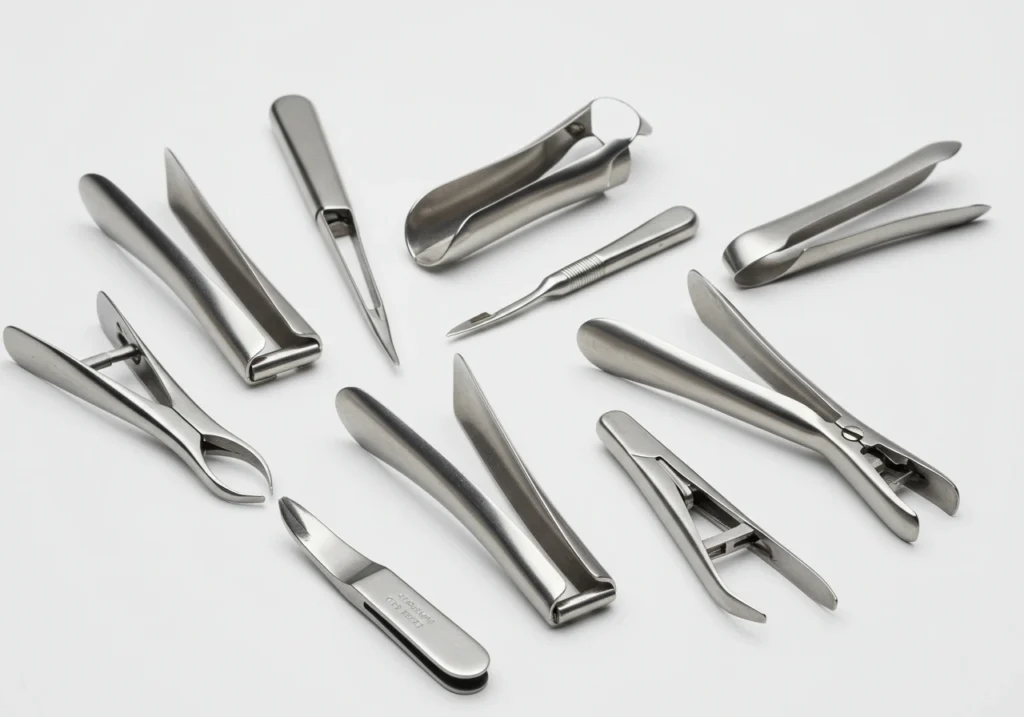
Speculums are like the friendly doormen of the OR, holding open cavities like the nose or vagina for exams or procedures. Graves speculums are the go-to in gynecology, while Killian speculums are big in ENT.
- Why it’s awesome: They give surgeons access to hard-to-reach areas without major cutting.
- Real talk: My OB-GYN friend says a good speculum makes routine checkups quick and painless for patients.
- Stock smart: Keep different sizes for every patient.
10. Electrocautery Devices: The High-Tech Wizards

Electrocautery devices are like the tech geeks of the OR, using electric currents to cut tissue or seal blood vessels. They’re fast, clean, and a total game-changer.
- Why it’s awesome: Less bleeding, quicker surgeries, happier patients.
- Real talk: In a laparoscopic surgery I heard about, electrocautery made tiny incisions possible, meaning less scarring.
- Safety first: Train your team to use these right—wrong settings can cause burns.
The Big Picture: Tools That Save Lives
These 10 instruments aren’t just metal and plastic—they’re the heart and soul of every surgery. From the scalpel’s first cut to the final stitch with a needle holder, they help surgeons turn hope into reality. By having quality tools, maintaining them like treasures, and training your team to use them well, you’re setting the stage for many success stories.
Got an OR to equip? Check out our collection of top surgical instruments and make your hospital a place where miracles happen.
